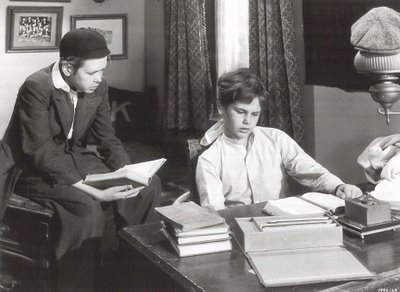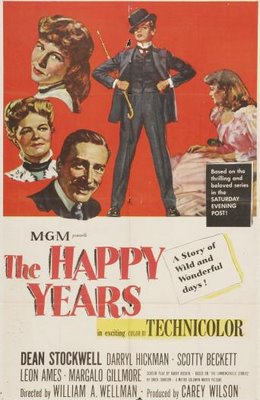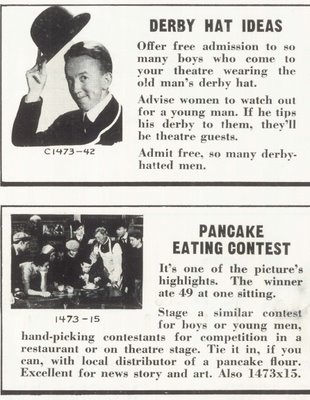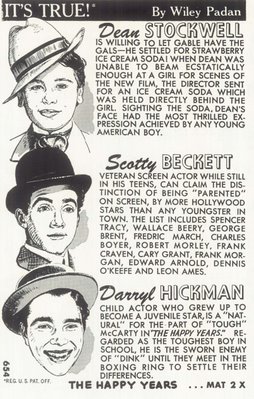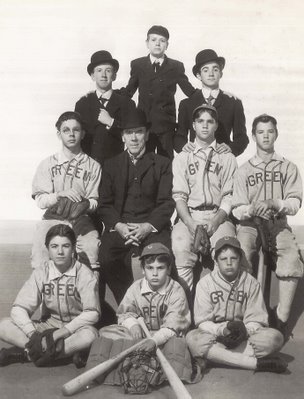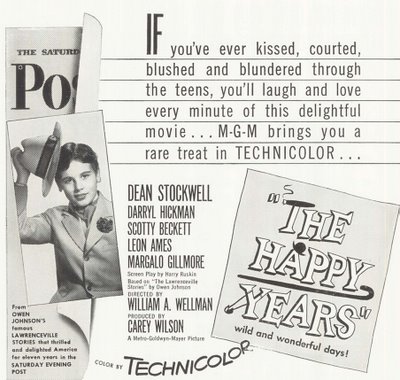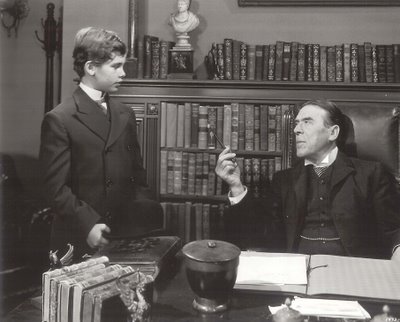Green For Danger (1947) is Who Done It For The Ages


I've seen Green For Danger numerous times and
still am surprised by the reveal. Follow closely and rewards are
great, most memorably the great Alastair Sim as oddball Inspector Cockrell, a
fabulous creation you could wish upon a series of thrillers over decades to
follow, but regrettably this was a one and only case for Cockrell,
though Sim would approximate him elsewhere. The actor, his performance, and
Green For Danger itself were of such unconventional type as to put columnists
to search of fresh accolades. Highest praise for the film would come from
outside trade establishment like Variety protecting borders. Rave reviewing compared
Green For Danger to The Thin Man and the best of Sherlock Holmes. Syndicated Billy
Rose wrote that "it makes Hollywood's
latest shoot-'em-ups look like pillow fights in a girl's dormitory," and
called Alastair Sim a "civilized funnyman."


What lit Gotham was rave notices from critics
previewed by Eagle-Lion, the latter knowing it had strong merchandise to ride
reviewer wave toward further word-of-mouth from satisfied patrons. A good
enough picture could catch on thus where newspapers and radio guided movie
choices, "smart" shows like Green For Danger a hook for those seeking
something out of the ordinary. Airwave support was a big help, WOR running
week-long contests tied to Green For Danger and conducting interviews with
visiting star Leo Genn. Eagle-Lion had itself an urban hit if not one that
would click in the heartland. As distribution rights reverted back to J. Arthur
Rank, Green For Danger and others of his would be handled by Allied Films, Inc.
for 1951 reissue. TV soon got the leavings, Green For Danger, like others of
Rank origin, an early arrival to home consumption. Criterion offers a splendid DVD, and TCM has played Green For Danger occasionally in HD.














